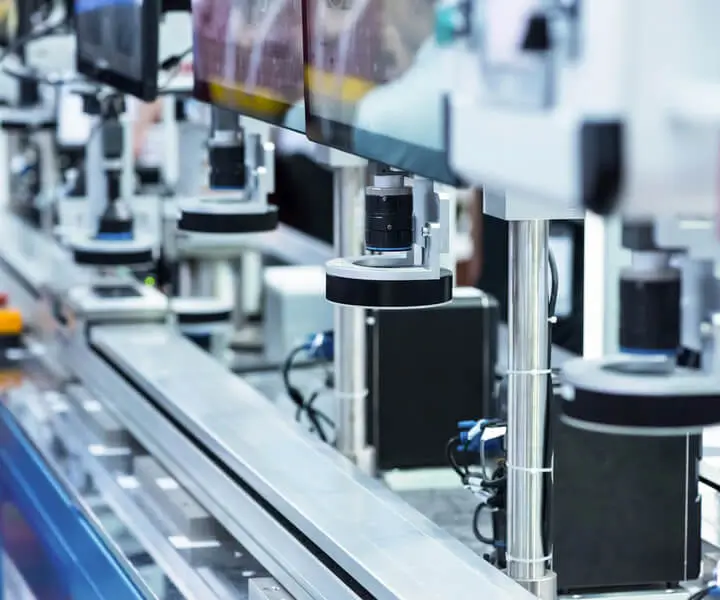Picture this: you’re deep into a drone build or maybe customizing your racing car, and suddenly, the choice between an outrunner brushless motor and an inrunner pops up. It’s a classic face-off, and understanding the subtle differences here? That’s where the fun begins.

Let’s break it down. Outrunner motors are like the cool kids in the scene—skinny on the inside, but they flip everything around to the outside. The rotor lives on the outside of the stator, spinning freely, which means they tend to have a bigger diameter and deliver a lot of torque at lower RPMs. If you’ve ever watched a drone hover effortlessly or felt that punch in an rc car, chances are an outrunner is the star behind the scenes. They’re favored in applications where high torque and low-speed power are needed, especially because they’re designed to operate at lower RPMs without overheating. And the construction? The magnets are on the outside, making the stator the core structure. This setup keeps the motor cool and allows for better heat dissipation, especially when pushing out high watts.
Now, inrunner motors are a different beast. Think of them more like a sleek racer—compact and focused on speed. The rotor is tucked inside, spinning within the stator, which makes for a more centralized and, often, lighter design. The trade-off? Inrunner motors can spin faster without losing efficiency, perfect if pushing for top-end speed or precision control. They often come with higher KV ratings, which means more RPM per volt—good for applications demanding high speed rather than raw torque. Plus, inrunner designs tend to be more compact overall, fitting well into tight spaces where weight is critical. They’re a favorite in high-performance RC aircraft or specialized robotics projects.
But here’s a question: which one really suits your project? The answer isn’t just about specs but also about performance feel and end goals. Need that grunt that pulls you out of tricky corners? Outrunner’s your go-to. Craving blasting fast across open skies? Inrunner might be your best friend.
Another thing to consider is efficiency. Outrunner motors often excel in situations where you want durability and steady power over longer periods. They handle heat better because of their larger surface area—something that matters if you’re pushing your setup for hours. Meanwhile, inrunner models shine when you need quick spin-ups and high RPMs, especially in scenarios where weight savings contribute significantly to overall performance.
You might ask yourself: is price a factor? Generally, outrunners are a tad easier to produce, so they can be more budget-friendly for larger models. Inrunner motors, with their precise construction and high KV output, can sometimes be pricier but offer more in terms of speed and efficiency.
At the end of the day, it’s about what feels right under your fingertips and your project’s demands. Want a vehicle that packs punch and handles high torque loadings? Outrunner’s the way to go. Looking to push the envelope on speed? Inrunner might just make everything click.
When you dive into the details, it’s clear—they’re both designed with unique strengths. The trick is matching those strengths with your specific needs. Tinkering with motors isn’t just about numbers—it's about feeling that spark when everything lines up. And knowing what each type offers? That’s how you build something truly extraordinary.
Established in 2005, Kpower has been dedicated to a professional compact motion unit manufacturer, headquartered in Dongguan, Guangdong Province, China.




































